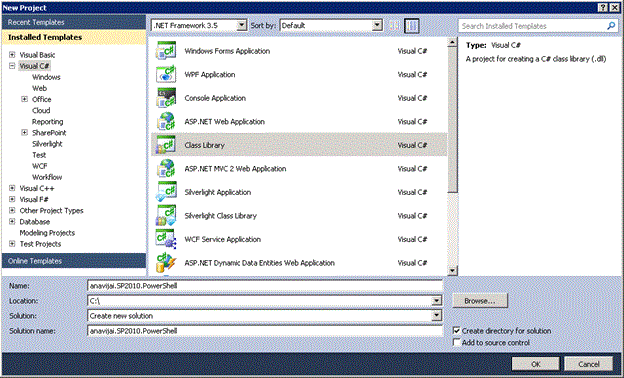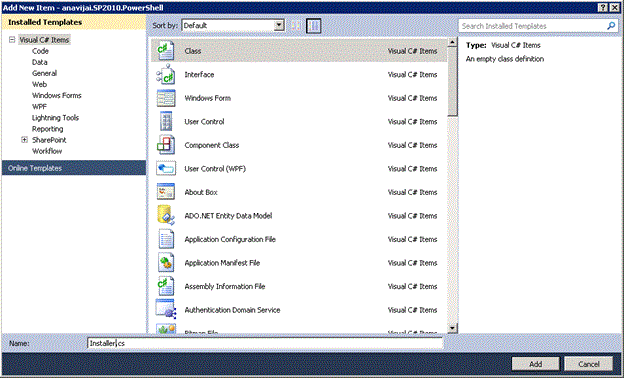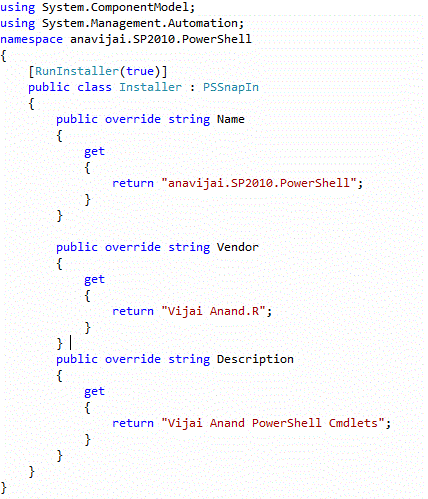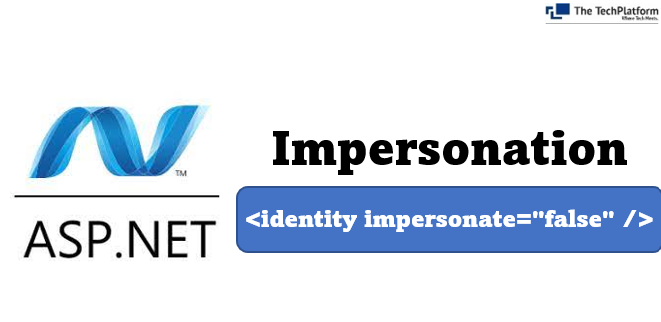How to create custom powershell cmdlet using Visual Studio 2010
- Vijai Anand Ramalingam

- May 3, 2019
- 1 min read
Steps Involved:
Open Visual Studio 2010.
Go to File => New => Project.
Select Class Library template, enter the name and click Ok.
Add the following references. a. System.Management.Automation.dll (C:\Program Files (x86)\Reference Assemblies\Microsoft\WindowsPowerShell\v1.0\System.Management.Automation.dll) b. System.Configuration.Install.dll (C:\Windows\Microsoft.NET\Framework\v2.0.50727\System.Configuration.Install.dll c. Microsoft.SharePoint.dll (C:\Program Files\Common Files\Microsoft Shared\Web Server Extensions\14\ISAPI\Microsoft.SharePoint.dll) d. Microsoft.SharePoint.PowerShell.dll (C:\Windows\assembly\GAC_MSIL\Microsoft.SharePoint.PowerShell\14.0.0.0__71e9bce111e 9429c\Microsoft.SharePoint.Powershell.dll)
Add the following namespaces. a. using System.Management.Automation; b. using Microsoft.SharePoint; c. using Microsoft.SharePoint.PowerShell;
I have renamed Class1.cs file to GetSPWebTitle.cs.
Replace GetSPWebTitle.cs with the following code.
PowerShell Installer class: In order for our PowerShell Cmdlet to work, we need to create an installer-class.
Right click the solution explorer, add a new item.
Select the class template and name it as Installer.cs.
Click on Add.
Replace Installer.cs with the following code.
Build the solution.
Install the snapin:
Install.bat
@SET GACUTIL="C:\Program Files (x86)\Microsoft SDKs\Windows\v7.0A\bin\gacutil.exe"
@SET NSTALLUTIL="C:\WINDOWS\Microsoft.NET\Framework64\v2.0.50727\InstallUtil.exe"
%GACUTIL% -if %~dp0anavijai.SP2010.PowerShell.dll
%INSTALLUTIL% %~dp0anavijai.SP2010.PowerShell.dll
Pause
Register the snapin:
Add-PSSnapin anavijai.SP2010.PowerShell
Get-Command - Module anavijai.SP2010.PowerShell
Snapin example: Get-SPWebTitle - url "http://anavijai:1111"
erver'>








Comments